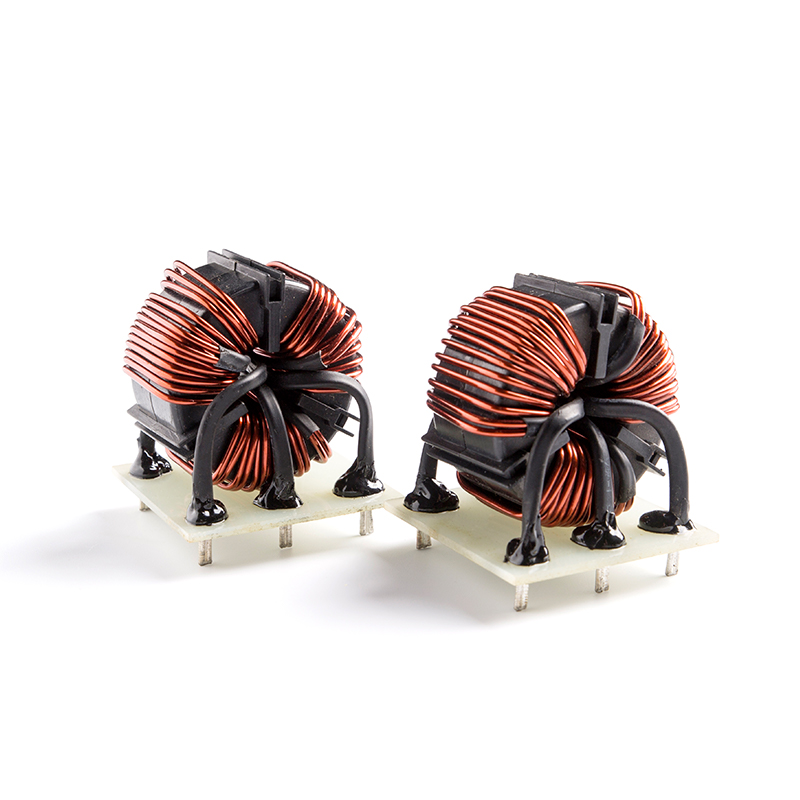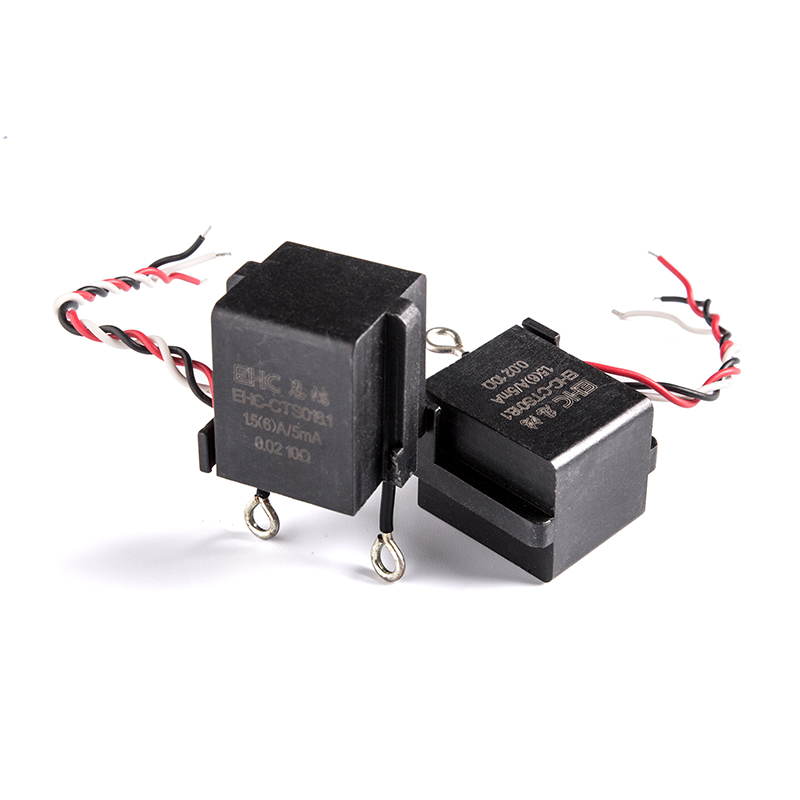When the magnetic field within the core material is altered, whether by the application of an alternating current or by changes in the external magnetic field, the atomic magnetic dipoles within the material align themselves with the new field direction. However, due to the internal friction within the material, these dipoles don't realign instantly when the field changes. This lag between the applied magnetic field and the resulting magnetic flux is what constitutes hysteresis.
During each cycle of magnetization and demagnetization, energy is expended to overcome this internal friction and realign the atomic dipoles. This energy is dissipated in the form of heat within the core material, leading to energy loss. This loss manifests as a temperature increase within the core material.
Minimizing hysteresis loss is crucial in designing efficient inductors, particularly in applications where energy efficiency is paramount. Engineers often select core materials with low hysteresis losses, such as specific types of ferrites or amorphous metals, to reduce energy dissipation and improve overall performance. Additionally, operating the inductor within its linear region and minimizing core losses through careful design can further optimize efficiency and mitigate the impact of hysteresis on energy loss.
Material Selection: The choice of core material significantly influences the magnitude of hysteresis loss. Materials with high coercivity (the resistance to change in magnetization) tend to exhibit lower hysteresis loss because they require more energy to magnetize and demagnetize, resulting in reduced energy dissipation. Ferrites and certain types of iron alloys are commonly chosen for their low hysteresis properties.
Operating Conditions: The magnitude of hysteresis loss can vary with operating conditions such as temperature, frequency, and magnetic field strength. Higher temperatures can exacerbate hysteresis loss by reducing the material's coercivity, while higher frequencies may lead to increased energy dissipation due to the material's limited ability to respond quickly to changes in the magnetic field.
Core Geometry: The geometry of the core, including its shape and size, can also affect hysteresis loss. Core geometries that minimize flux concentrations and promote uniform magnetic flux distribution help reduce hysteresis loss. Additionally, using thinner core laminations can decrease eddy current losses, which often accompany hysteresis losses in magnetic materials.
Design Optimization: Engineers employ various design techniques to minimize hysteresis loss in inductor cores. This may involve selecting core materials with tailored magnetic properties, optimizing core shapes to minimize flux concentrations and eddy current losses, and operating the inductor within its linear region to reduce energy dissipation associated with hysteresis.
Measurement and Characterization: Understanding and quantifying hysteresis loss is crucial for designing efficient inductors. Engineers utilize methods such as hysteresis loops, which graphically represent the relationship between magnetic flux density and magnetic field strength, to characterize hysteresis loss in core materials. This information aids in selecting appropriate core materials and optimizing inductor designs to minimize energy loss.

 English
English 中文简体
中文简体 Deutsch
Deutsch 日本語
日本語

 View More >>
View More >> View More >>
View More >> View More >>
View More >> View More >>
View More >> View More >>
View More >> View More >>
View More >> View More >>
View More >>